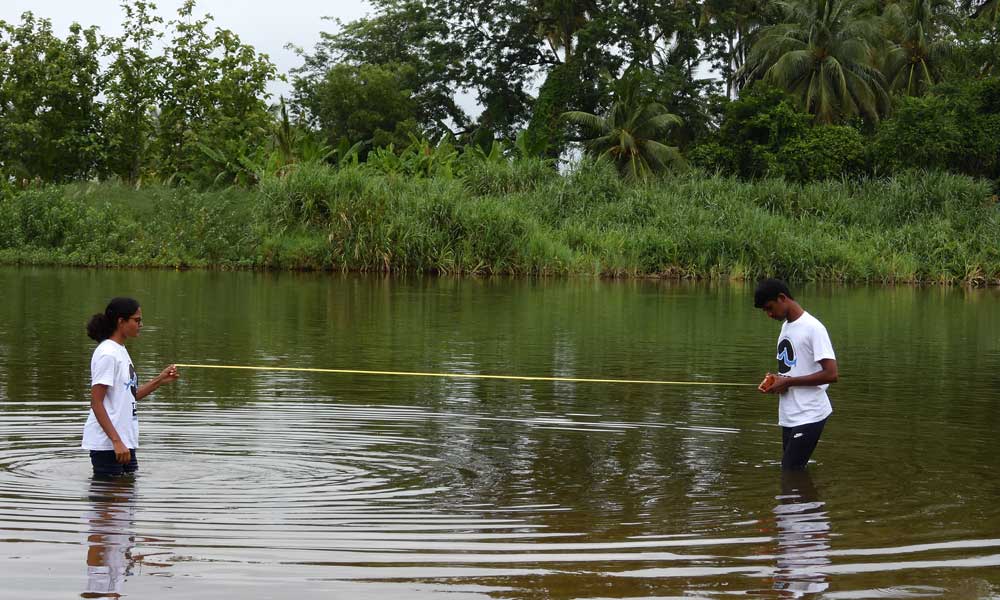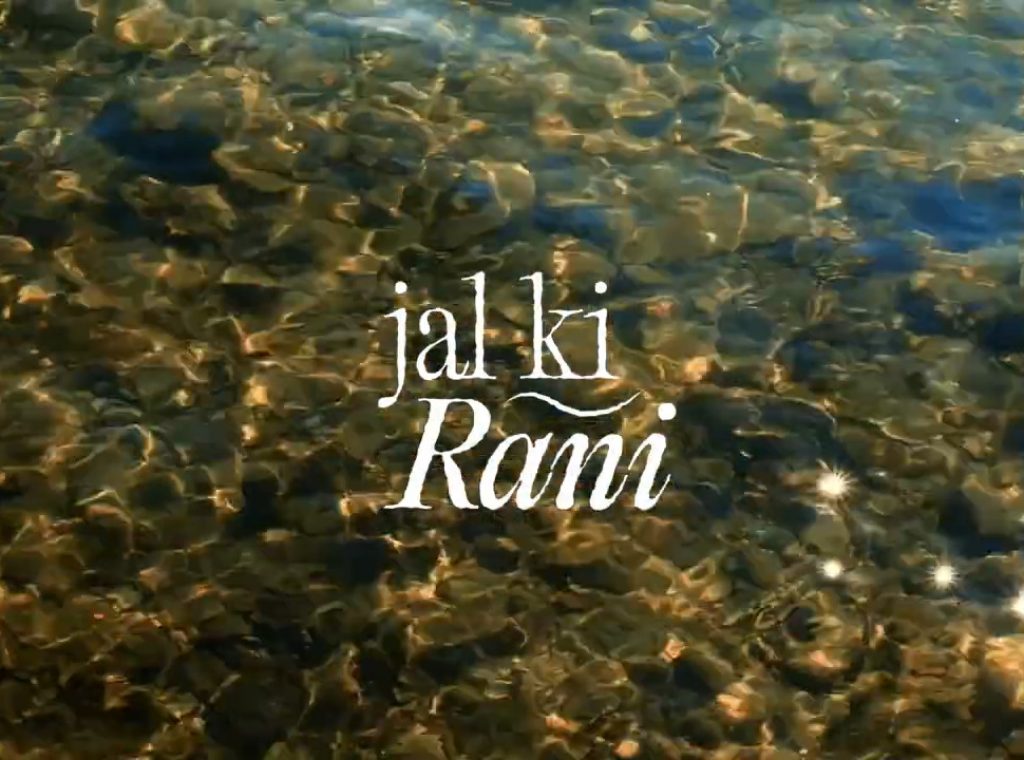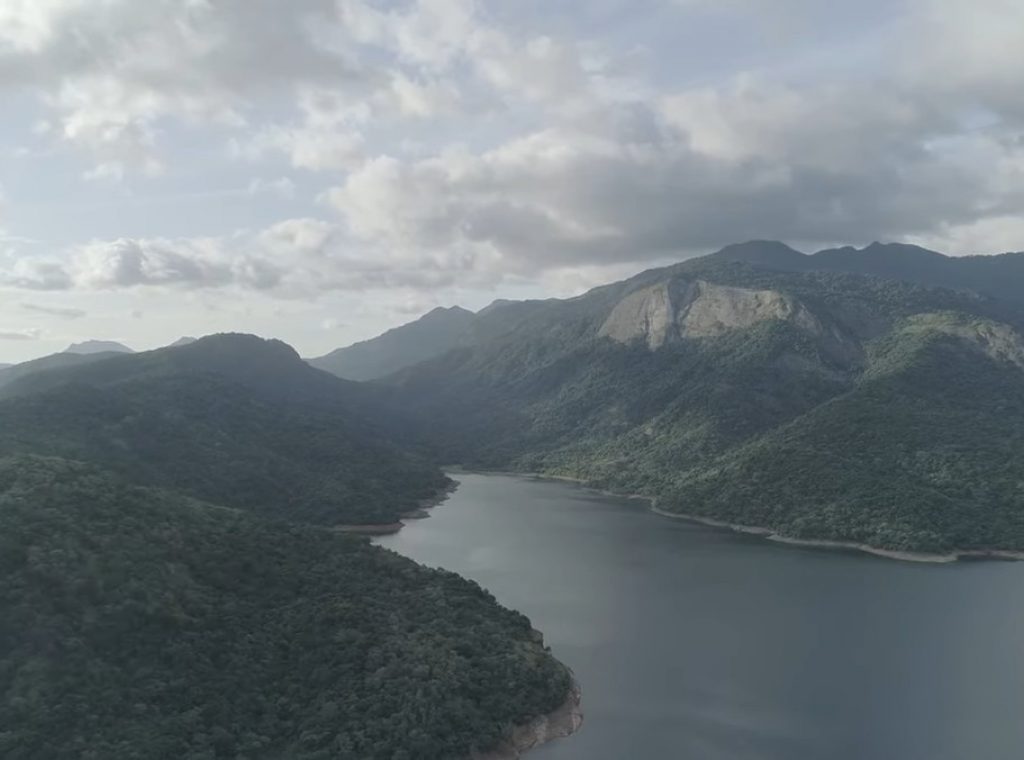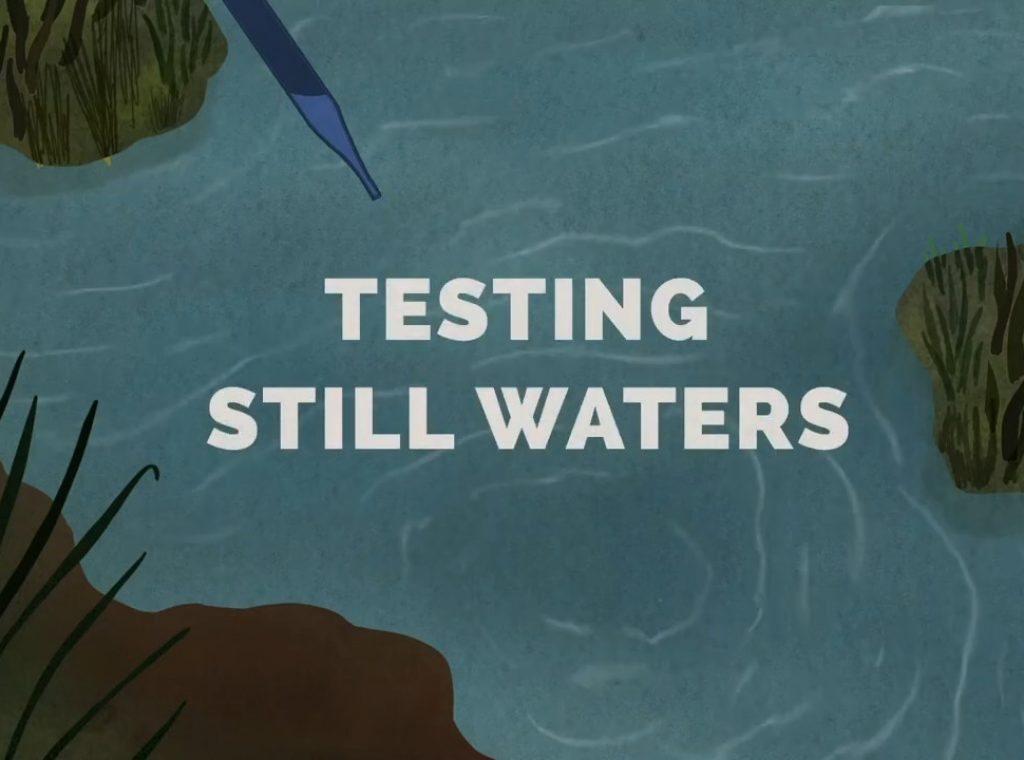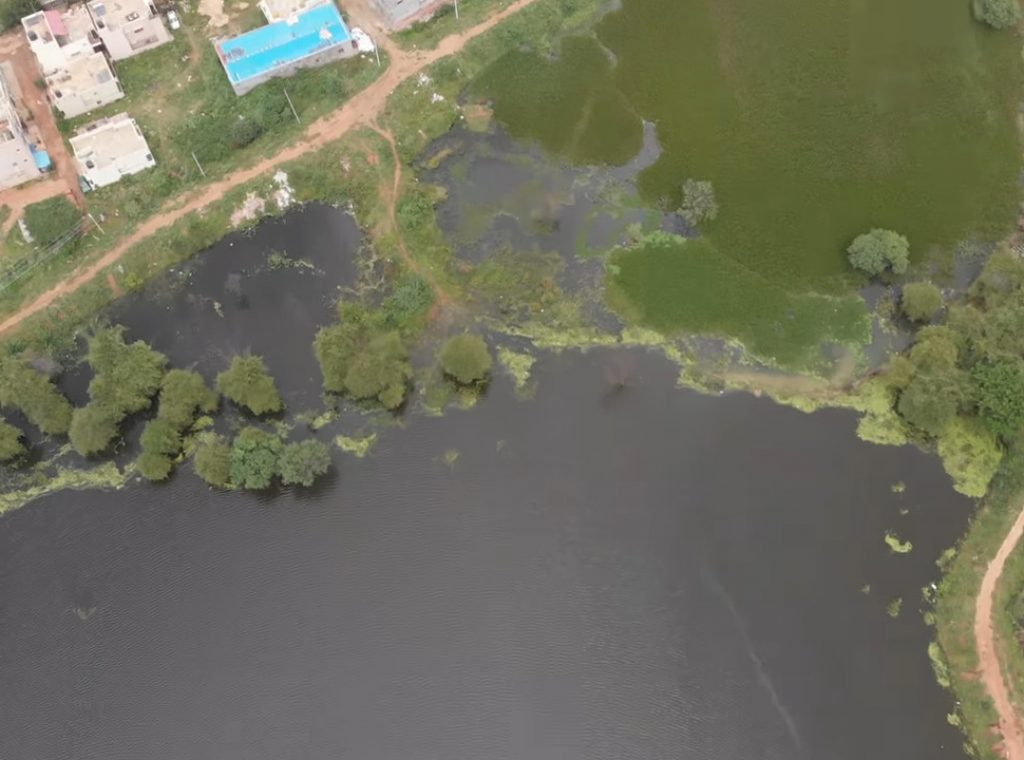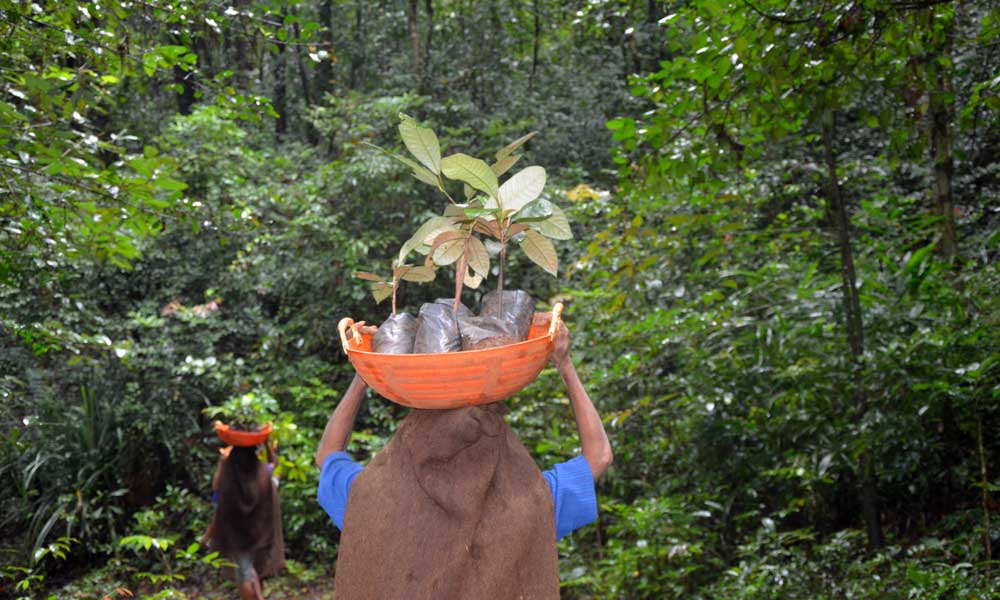
ATREE’s decade-long research in forested areas has focused on invasive species that threaten biodiversity and ecosystem functioning. Research on processes such as soil seed bank ecology and lantana-frugivore interactions have vital management implications and could help us pinpoint the actual mechanisms of lantana’s success. ATREE researchers are examining options for restoring native species to regenerate the areas where lantana has been removed to maintain forest cover and rejuvenate forested areas.
India remains a largely agricultural country. Restoring the functional biodiversity in degraded agricultural lands is a key strategy for sustainability and reversing the loss of the services offered by such biodiversity. ATREE has conducted pilot studies to assess biodiversity in regions with poor soil fertility and understand the domino effect on the health of the local environment, agriculture-based livelihoods and the well-being of the people. We are working on promoting climate-smart agricultural practices such as vermicomposting, farmyard manure generation (composting), bio-pest control, cover cropping, mulching, terrace management, inter-cropping and multi-cropping.
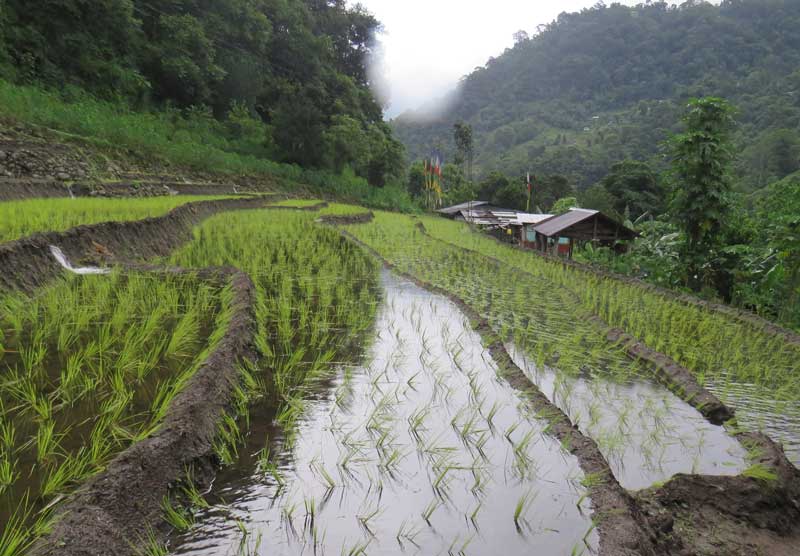
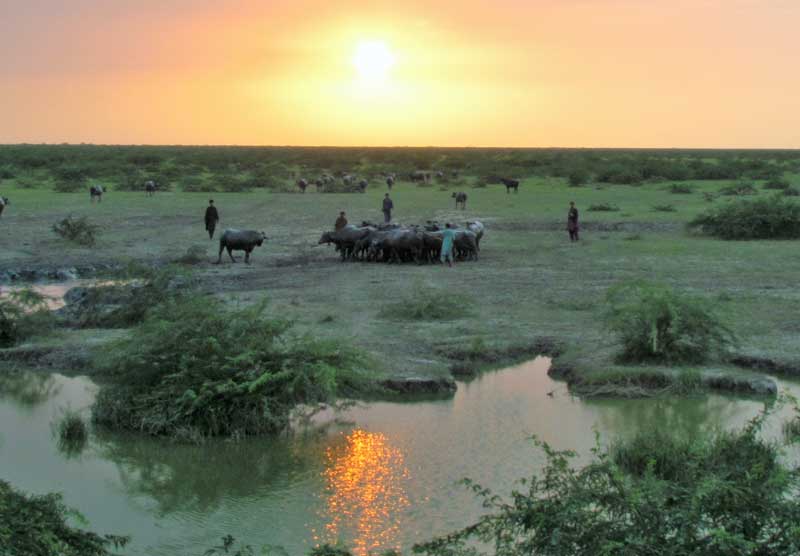
For decades, India’s grasslands and savannahs were not considered important enough to be conserved. Even today, a large part of the grasslands continue to be considered “wastelands”, although this picture is slowly changing. We are partnering with local NGOs to build an advocacy strategy to influence the policy around wastelands, identify large grasslands that must be prioritised for conservation and work on restoration pilots in multiple states.
We focus on restoring and conserving freshwater ecosystems for the long-term sustainability of aquatic bioresources and the livelihoods of local communities. Additionally, we work to restore urban and man-made lakes as socio-ecological systems with multiple stakeholders, through an approach that encompasses water quality, biodiversity and multiple ecosystem services. We work closely with a range of government and non-government stakeholders to develop nature-based solutions that enhance the services provided by these ecosystems.
